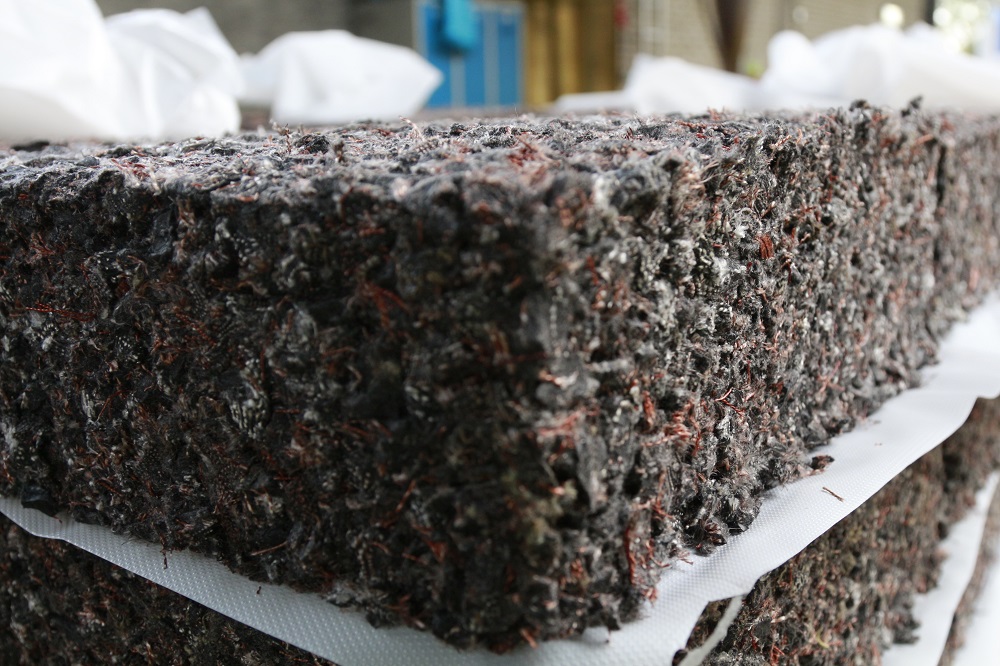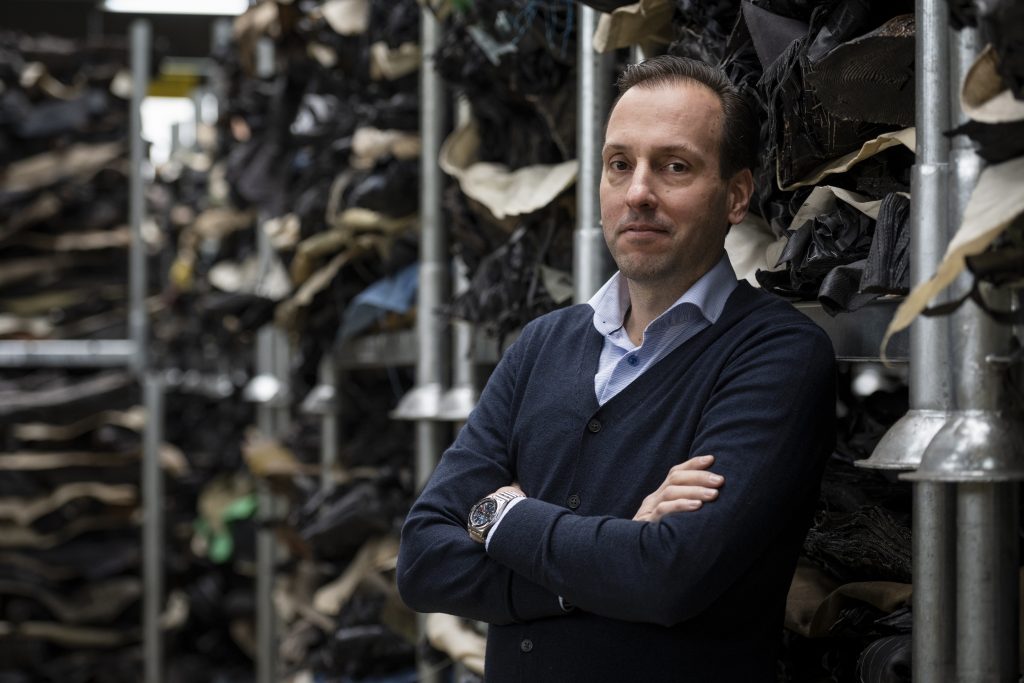DRI is a Netherlands-based company specialising in recycling rubber. In particular, manufacturing waste and off-spec materials are a key focus of the business.
When we talk about rubber recycling, we tend to think mostly of tyre recycling, but DRI Rubber recycles around 50,000 tons of unvulcanised rubber each year. Mostly from manufacturing waste fromglob al tyre industry.
All rubber product producers have waste – either off-spec waste or rejected materials. And these clean materials are an ideal feedstock for DRI Rubber, as they have the technology to clean, sort and blend.
Clients at both ends of the supply chain include major tyre manufacturers, and the company has the capacity to take bulk shipments from their suppliers, process them, and put the materials back into production cycles – sometimes at their original source, sometimes elsewhere.
Robert de Ruijter, CEO and owner of DRI Rubber explained, at Tire Tech; “We even recycle the fabricsin rubber. There are three particular lines that DRI Rubber produce FRC® Chopped & Baled (C&B) is an on-spec reprocessed fibre reinforced intermediate rubber compound for hot application. This FRC Chopped and Baled is ideal for applications such as solid tyres for forklifts. The high textile content helps provide bulk and comfort on solid tyres. The high fibre content ensures dimensioned stability and improved performance, under stress, of the solid tyre.”
“The other fibre output is preformed FRC, which is available in rolls, sheets or strips for the end user to mould as they wish.”
They are used in automotive, transportation, mining and agriculture applications.”
DRI Rubber also upcycles rubber compound waste into on-spec compounds for all sorts of technical applications, branded under Sustacom®.
DRI Rubber services the global tyre plants – like Continental, Goodyear and Michelin – in reducing waste streams. DRI Rubber provides many logistical solutions, can always take over large volumes of waste streams, and most importantly, because of our upcycling and circular processes (for example by directly giving back to the supplier) they can even achieve end-of-waste, extending the product life cycle, reducing prime material usage and lowering CO2 footprint.



















